- Wine Tour Destinations
Croatia’s wines are perhaps Europe’s best kept secret. Often overlooked, sometimes unknown, Croatia is rarely at the top of the wine lovers’ bucket list. But Croatia is well worth a visit and its unique wines well worth a try.
Croatia’s viticulture can be traced back to approximately 500 BC and many local varieties have been vinified for hundreds, perhaps even thousands of years. In fact, Croatia is believed to have the oldest continuously planted vineyard in the world, on the island of Hvar, the vines of the Stari Grad Plain have been planted for twenty-four consecutive centuries. The site is now listed as UNESCO World Heritage.
Croatia’s has approximately 130 autochthonous grapes with around 40 of these used in commercial production. The country also grows a wide range of international grape varieties. The country produces wine to suit every taste, from refreshing white wines, bold red wines, lovely rosés, sparkling wines and even sweet wines.
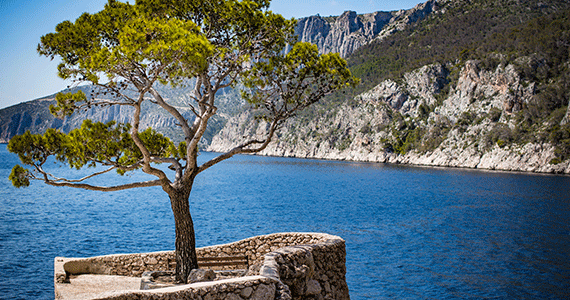

Dalmatian white grape varieties
Bodganuša, meaning “God given” is a white grape variety grown on the island of Hvar in South Dalmatia. It gives light-bodied crisp white wines perfect to enjoy with the local seafood.
Debit is another white grape variety which can be found in central and north Dalmatia. It is mainly used to produce fresh and simple table wines but can also make mineral white wines with interesting depth and intensity. It pairs extremely well with sardines.
Graševina is planted all over Croatia and represents one fourth of the all the planted grapes in the country. Considered a food friendly wine, this mineral variety produces a wide range of wines, from dry to sweet white wine, still and sparkling, it is even used to make orange wine.
Grk grape variety grows predominantly on the sandy soil of the Eastern part of the island of Korčula and produces aromatic wines with touches of salinity as well as notes of citrus and stone fruits. They pair extremely well with shellfish.

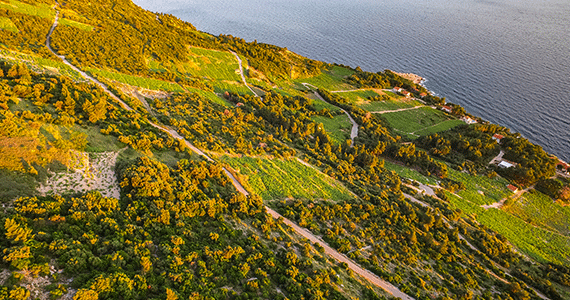
Kujundžuša is white grape planted in mainland Dalmatia. Wines produced from this grape variety tend to have neutral flavours and weak acidity but can develop hints of lemon and pear.
Kurtelaška is a grape native to the dalmatian islands producing wines with consistent aromas and a refreshing acidity.
Malvasija Dubrovačka is planted in Southern Dalmatia, not far from the city of Dubrovnik. Its origins can be traced back to the Greek empire. The wines produced from this variety tend to have a good body and a good acidity with strong aromas of stone fruits and yellow flowers.
Maraština / Rukatac is a grape from coastal Dalmatia which is used to produce both varietal wines and blends. It is characterised by a creamy texture and aromas of honey, melon and citrus fruits which tend to pair well with white meats.
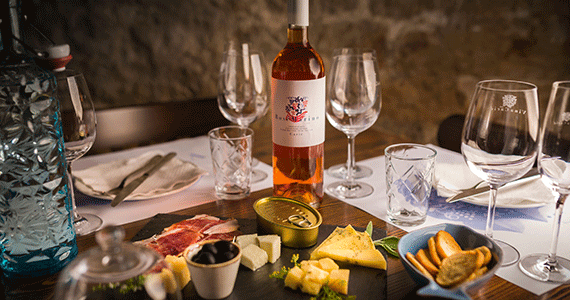
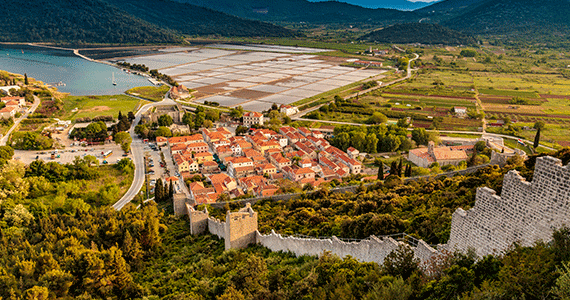
Pošip is one of the most common white grapes in Dalmatia. It is native to the island of Korčula but can be found all over the wine region. It is a versatile grape, yet the wine produced is highly influenced by the terroir on which the grape is planted. The wines produced can be medium to full bodied and tend to have a good acidity. They pair well with the local seafood.
Prč is a rare variety grown on the island of Hvar and displaying aromas of white flowers, pear and orange.
Trbljan is native to Dalmatia and is known for its robustness. It produces light and crisp white wines with notes of white pear and citrus fruits.
Vugava is native to the island of Vis but is planted throughout Dalmatia. Once famous for making sweet wines, it is now used to make dry white wines with high alcohol content and flavours of apricot and yellow flowers.
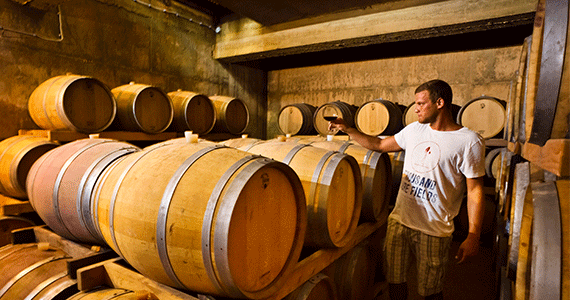
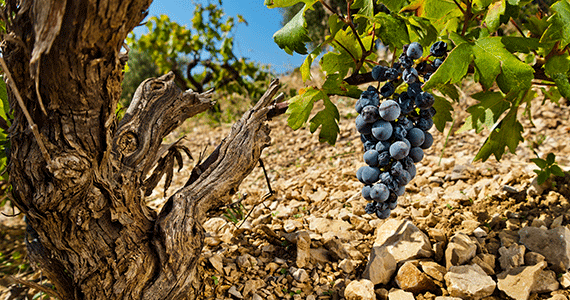
Dalmatian red grape varieties
Babić grows in the northern and central parts of the Dalmatian coast. Babić wines have a good potential with cherry flavours and a certain level of tannins. These wines pair extremely well with Kulen, a local smoked sausage.
Darnekuša is a grape from the island of Hvar. It grows on very specific parts of the island and only a handful of producers make single varietal wines from it. The wine tends to be light bodied and has fruity aromas with a hint of Mediterranean herbs.
Dobričić can be found on the island of Šolta, not far from Split. It tends to be used to add colour in blends. The wines produced from this grape tend to be dark coloured with low acidity and a good amount of tannins. They display flavours of dark fruits and earth.
Lasina only grows in north and central Dalmatia. The grapes give light-coloured red wines with aromas of red fruits and spices.
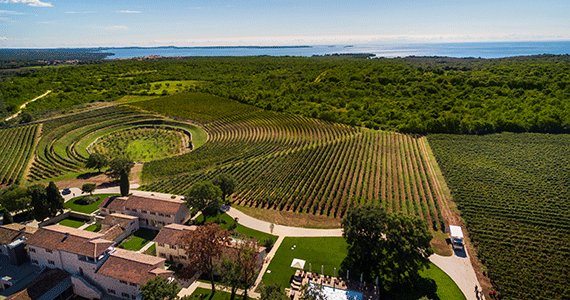
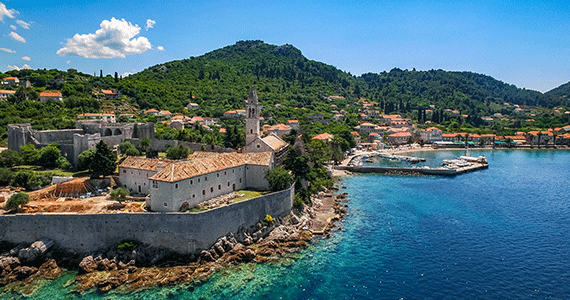
Plavac Mali is one of the most popular grape varieties in Dalmatia, it can be found on the mainland as well as on the islands. Plavac Mali is usually produced as a varietal wine and displays berry flavours with notes of Mediterranean herbs, rose and earth. Wine made from this grape can be complex with a good structure and depth.
Plavina offers a similar profile to Plavac Mali. From the central and northern parts of Dalmatia, this fruity wine with significant tannins is often used in blends.
Rudežuša grows in mainland Dalmatia and produces tannic red wines with a good structure, red cherry and black fruits aromas as well as hints of wild herbs.
Tribidrag / Crljenak Kaštelanski can be found in different parts of Dalmatia and is believed to be the original Zinfandel and a parent of Plavac Mali. It produces wines with distinct fruits flavours as well as notes of herbs and pepper.
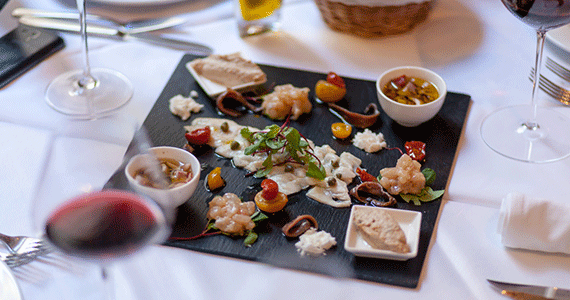

Istrian & Kvarner white grape varieties
Gegić is a white grape variety native to the island of Pag. It produces wines with a slight oily texture and flavours of lime and green herbs. With its late ripening and irregular yield, it is a complex variety to work with and only a few local producers continue to grow Gegić. It is a great wine to pair with Adriatic seafood and goes well with an octopus salad.
Malvazija Istarska is perhaps the most famous white grape of Istria. The variety produces a wide range of wines, from young, fresh and fruity white wines to more complex barrel-aged wines. The grapes can also be macerated to produce aromatic orange wines. Wines made from Malvazija Istarska tend to display refreshing aromas of white or yellow flowers as well as flavours of white fleshed fruits.
Muškat Momjanski is an important white variety which can be found in Istria. It produces a Muscat with high sugar content, a deep gold colour and some floral notes.

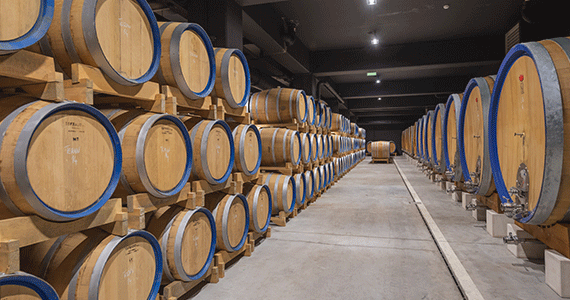
Žlahtina grape variety is found on the island of Krk in the Kvarner region. It is used to make crisp white wines with floral and citrus fruits notes, and a low alcohol content.
Istrian & Kvarner red grape varieties
Borgonja is an important grape variety in Croatia which is often used in blends with other grapes such as Cabernet Sauvignon, Merlot and Teran. A handful of producers also make single varietal wines with it. The variety produces aromas of spiced cherry as well as a good level of acidity.
Sansigot or Sušćan is a grape variety native to the Susak island but growing mostly on the island of Krk. It produces wines with a good level of acidity, tannin and strength, with aromas of forest fruits and sweet spices.
Teran is one of the most widespread grape varieties in Itsria and is planted on terra-rossa, iron-rich, red clay soils. It is used to make blends as well as varietal wines. It produces dark-coloured red wines with aromas of berries and hints of cooked meat which have a good ageing potential.
Around half of our trips are completely bespoke. Our expert team would be delighted to discuss your requirements and create your perfect trip.
Contact UsFrom birthday weekends and hen trips to bespoke tours for wine clubs, car clubs and U3A’s, our group trips are always tailor-made.
Find Inspiration
